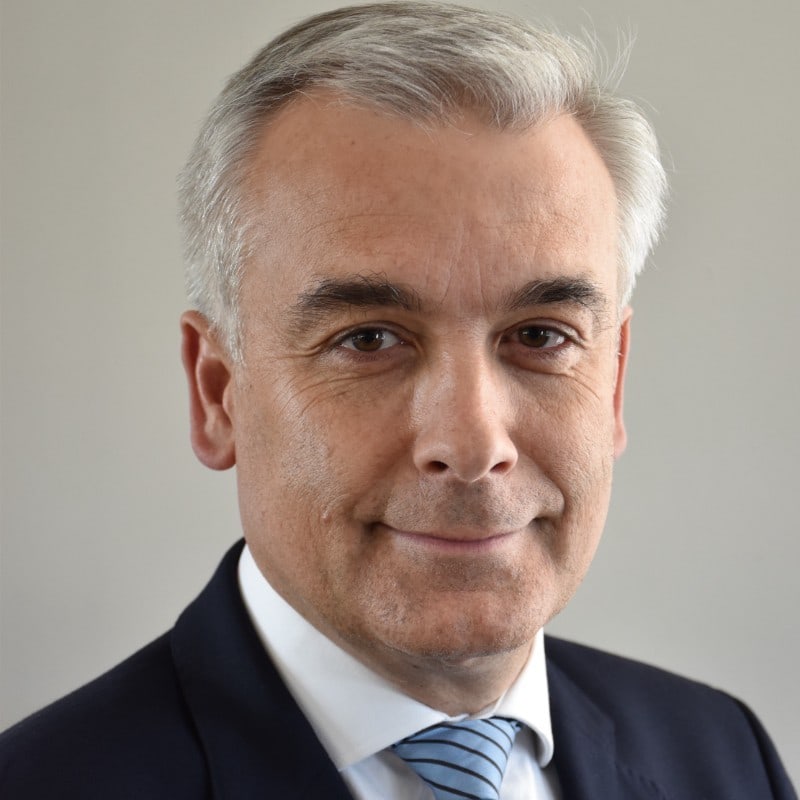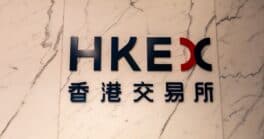André Casterman, founder of Casterman Advisory, advises fintechs and financial institutions on trade finance, capital markets and digital asset technologies. Casterman spent 24 years at Swift, leading various innovations in the interbank payments, corporate treasury and trade finance markets. He helped create the first digital trade settlement instrument. Casterman is a board member at the International Trade and Forfaiting Association (ITFA) and chairs the most active trade industry’s Fintech Committee, with a focus on helping banks digitize trade finance and establish it as an investable asset class for institutional and retail investors. Casterman spoke to Global Finance about the global trade finance industry and how technology is impacting its evolution.
Global Finance: What are you and your advisory firm working on these days?
André Casterman: We look at technology from a commercial adoption and market engagement point of view. We work with business experts and policy stakeholders to change laws where needed. The adoption of technology is limited if regulators don’t recognize the validity of those technologies, so it’s important for technology leaders to work with regulators around the world. For example, laws like the UK’s Bill of Exchange Act of 1882 required updating to enable digital documentation. The English law is one of the main legal systems in global trade and negotiable instruments. Last year, the Electronic Documents Act was passed, and is now a supplement to the Bill of Exchange Act. The technology is like electronic signatures, whereby the documents like bills of exchange, promissory notes and warehouse receipts are the same, but instead of printing and signing them, you create an electronic document.
GF: How is the practice of asset securitization transforming trade finance?
Casterman: The securitization of trade receivables is a big change in the market—particularly in the US. It offers opportunities for non-bank lenders to enter the small-business market. There are the traditional banks in the trade finance market, but there are also now alternative lenders funding small and midsize businesses [SMEs] and extending working capital to them by buying receivables. They don’t have the big balance sheets that the banks have, so they look for third parties to help fund their activity. Entities with liquidity—like asset managers, pension funds and family offices—are looking for alternative asset classes to invest in. They don’t want to fund a small business directly, but they’re happy to fund a bank or supply chain platform that is.

GF: How important are these smaller lenders in the trade finance market?
Casterman: The smaller lenders are critical because the big banks have pulled back from the SME market since the financial crisis. The US market has applied securitization to a lot of asset classes. In Europe, however, it is less common, certainly in trade finance. Technology is key here. The availability of off-the-shelf technology and cloud capabilities enables lenders to automate the securitization of trade finance invoices. The big banks used to be the only ones who could build out a securitization model. Now it’s becoming mainstream for smaller players as well. They take care of the end customer—usually a small- or mid-cap business—and they source liquidity through securitization.
GF: Why hasn’t blockchain technology had as big an effect on trade finance as expected?
Casterman: When the banks discovered blockchain several years ago, there was a lot of excitement about it. They created consortia to develop projects like we.trade, Komgo and Marco Polo, but they took the wrong approach. They tried to develop a new system rather than working with existing vendors and platforms. You need to consider the existing ecosystem because the banks aren’t going away, and corporates aren’t going away. After a few years of funding the consortia, the banks lost patience and pulled the plug.
The key feature of blockchain is its traceability. You can track the lifecycle of an asset from start to finish, like Swift has done with GPI [global payments innovation] without blockchain. It is not the most important technology in trade finance. The workflow management is more important. You must consider where new technologies like blockchain can really make a difference. That’s what we’re doing with the DNI [digital negotiable instrument] initiative.
GF: With the recent SEC approval of applications to list exchange-traded funds [ETFs] that track the price of bitcoin in the US, do you expect corporate treasurers to invest more of their cash reserves in cryptocurrency?
Casterman: No, I don’t. I don’t think we’ll see a lot of companies doing what MicroStrategy does. Cryptocurrency is a difficult asset to manage. The bitcoin ETFs may be added to the existing set of investment products to consider, but I don’t think the corporate market will be buying more bitcoin on crypto exchanges.
GF: How important is security in the trade finance environment?
Casterman: Security is critical because trade flows contain highly confidential things like pricing information. You don’t store business information on the blockchain because it is stored forever. We can use it as a common registry to verify that documents are still valid, but confidential information must be removed.
The technology approach today is interoperability. Not all players operate on the same platform, but the internet is enabling a layer of interoperability. Corporates can use the platforms they want and interoperate with banks using different technologies. The technology has demonstrated it can be achieved. It’s a matter of adoption, and its ongoing work. We’re working with European authorities to create a legal framework around the notion of open finance. We have it with payments and signatures but we’re looking at how to achieve it in open finance.
GF: How is artificial intelligence being used in the trade finance industry?
Casterman: The banks were expecting some magic from blockchain, but it didn’t happen. Generative AI is where the magic will happen. With all the data that banks have on trade and payments, end users can query the system supported by AI. Its greatest value may be around compliance and fraud detection. AI can provide lenders insights about what is hard to spot. There needs to be approval of the use of AI in some institutions, but there are many vendors in the space now.
GF: Are the new alternative lenders democratizing trade finance?
Casterman: Trade finance is not just a banking business anymore. In the UK, we see a lot of non-bank lenders in the market now. It used to just be [receivables] factoring companies. Now we have platforms that can finance individual invoices. It can be risky, so they employ credit insurance at the invoice level. Trade finance is also being embedded into entities that manage B2B transactions. We’ve seen it with AliBaba. Other new solutions are coming because we need better ways to fund the SME market. The banks can be bypassed. They think the SMEs are too risky for them anyway. The banks aren’t going away from trade finance, but they are increasingly focused on their top-end clients.
GF: How do tokens and tokenization play into the trade finance market?
Casterman: The first half of this year should see the release of more investment token products. Tokenization can lower the cost of the investment process. The goal is to attract smaller investors with lower costs and higher yields. Tokens can make trade finance more accessible to a wider set of institutional and retail investors.
GF: How can new technology and new market entrants reduce the gap between supply and demand for trade finance?
Casterman: There is a growing trade finance gap that people are talking more about. With the wave of regulations that we’ve experienced since the financial crisis, the banks’ costs of due diligence on their corporate customers are higher. They are pulling back on smaller relationships because they’re losing money on them. I think technology is key to making capital more accessible to smaller businesses in a low-cost manner.
The new lenders are extending trade finance from a banking activity to a pure lending activity, and the capital markets are helping these lenders extend credit. It’s an attractive market because the yields that investors can get through alternative lenders are higher than big banks get working with their blue-chip clients. There is a real rationale for this market to grow, but we need technology and new market entrants.



